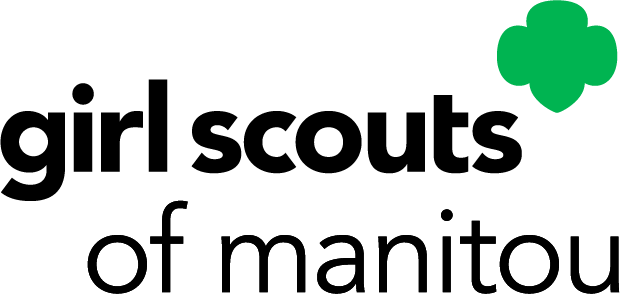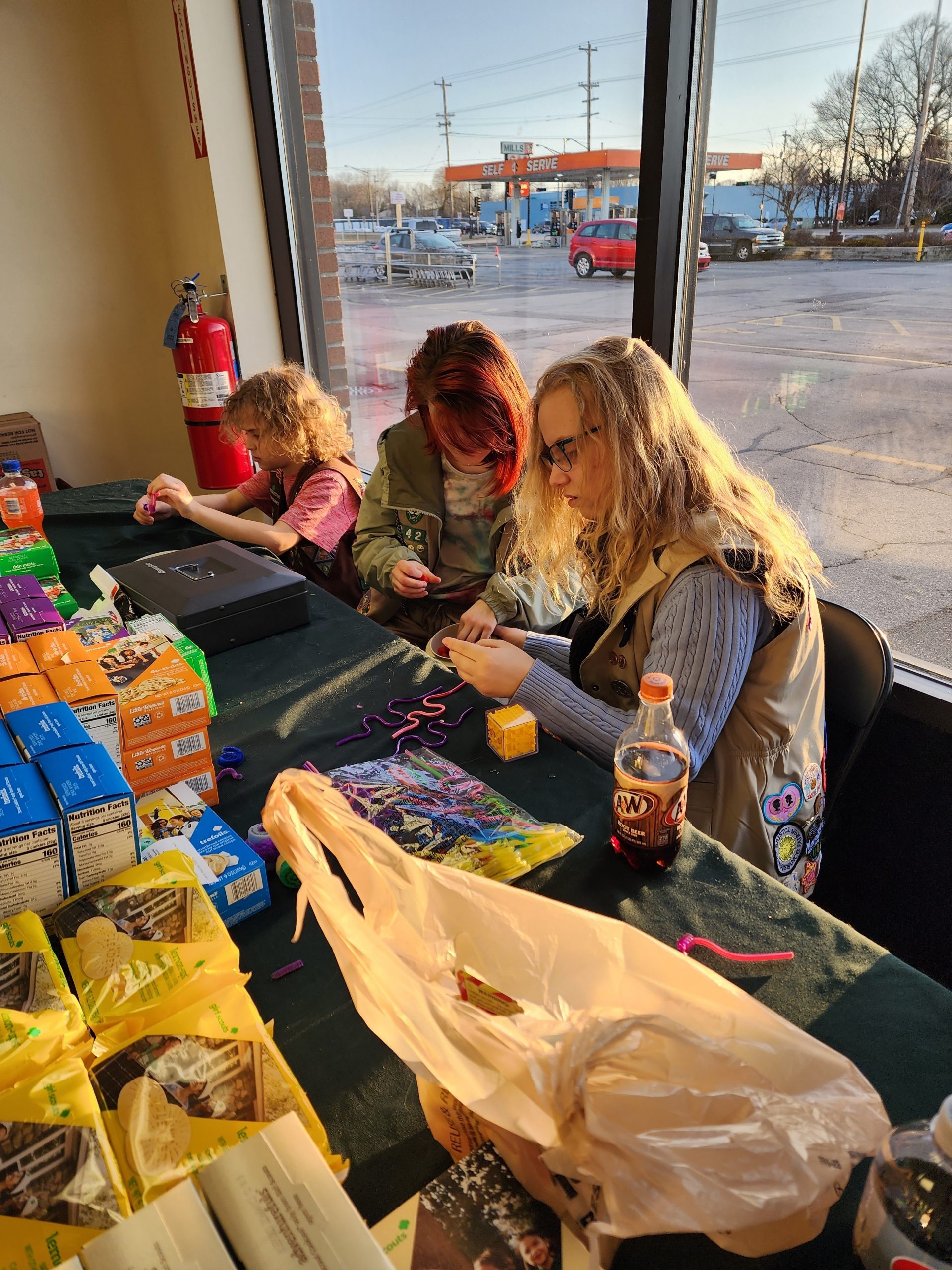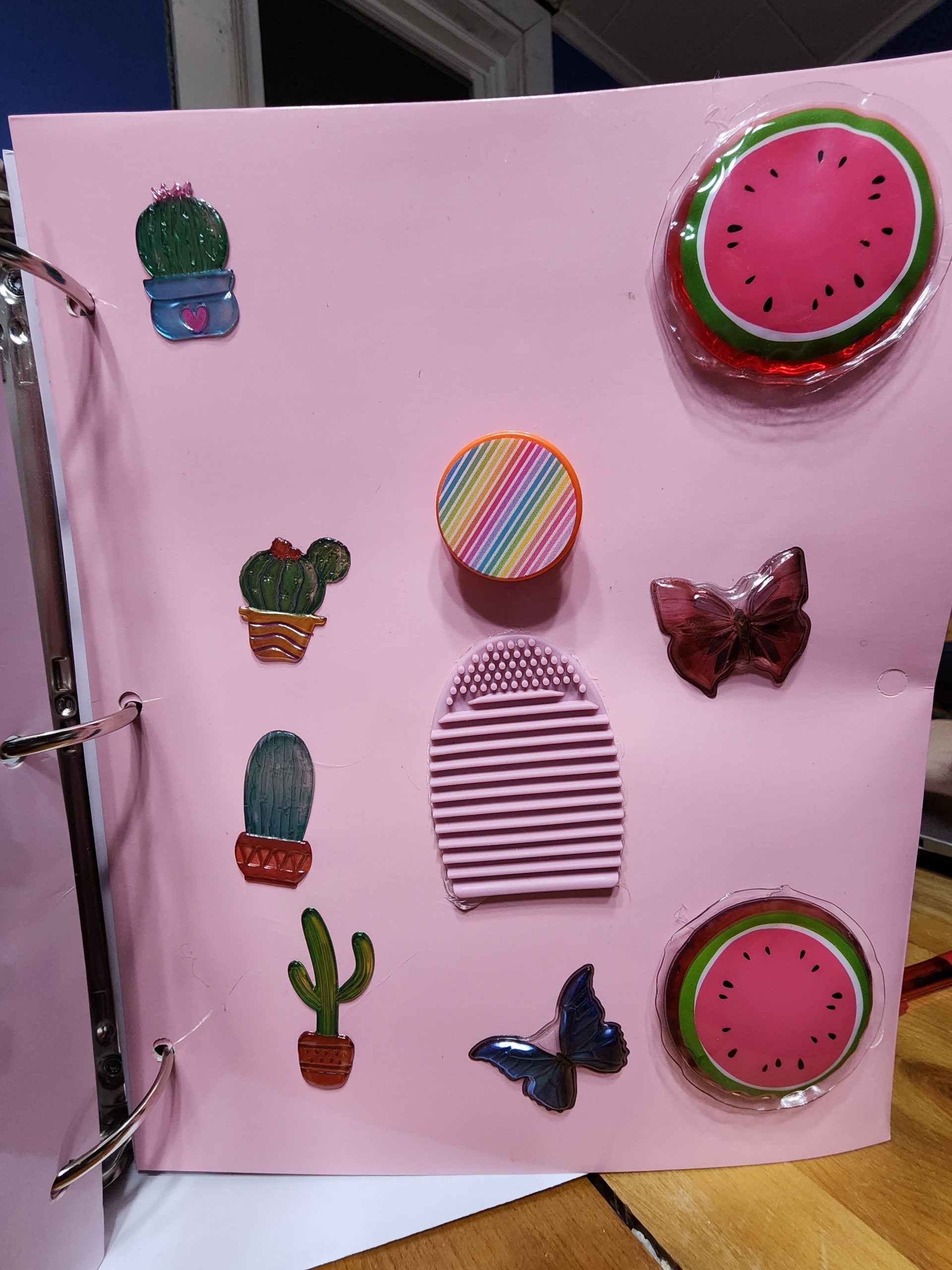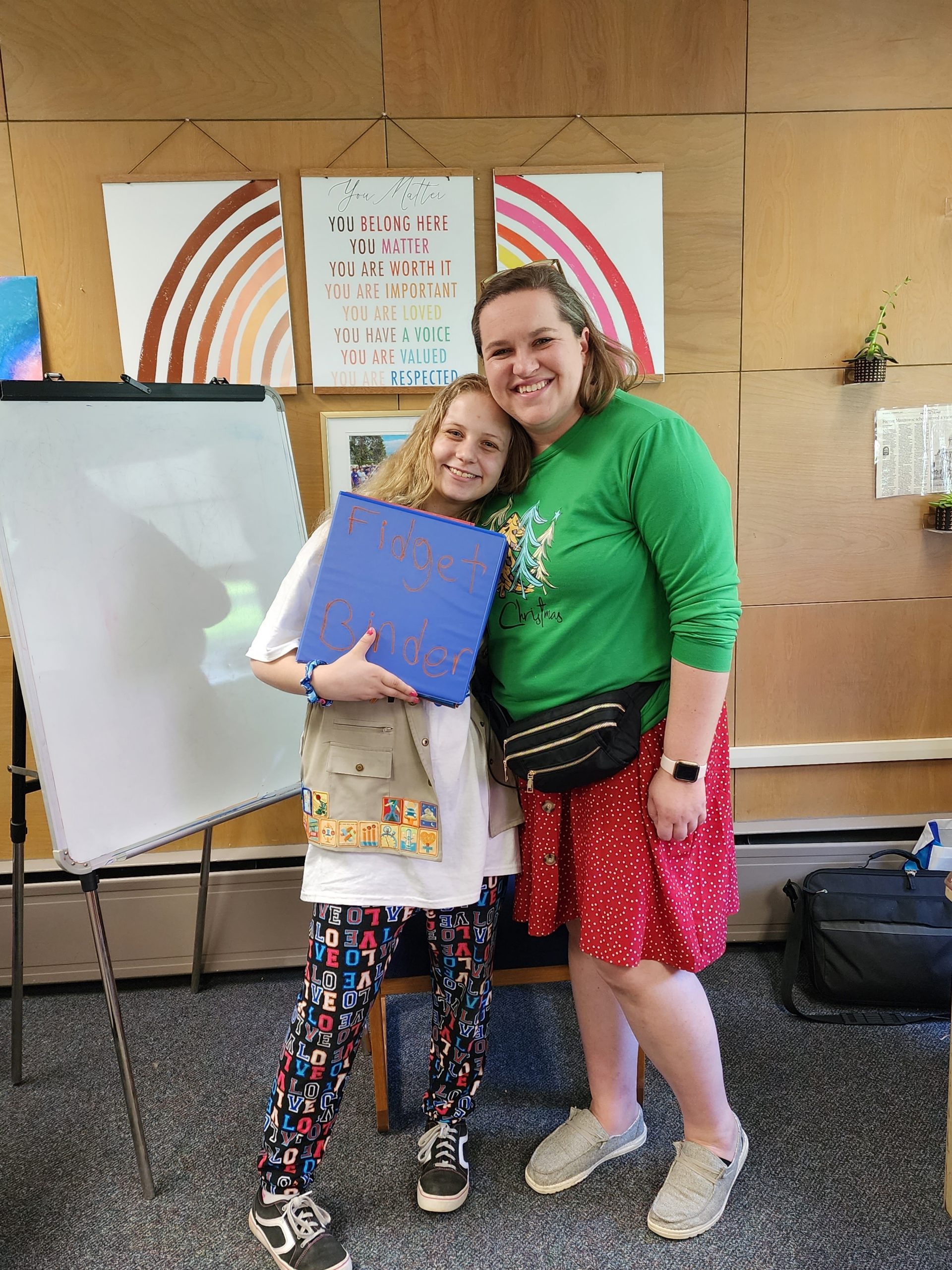Fidget Binder - Emily's Gold Award Project
Emily wanted to focus on the needs of children and adults with various sensory disorders. After much research, Emily decided to create fidget binders. These binders contain many types of toys, tactile objects, and "fidgets." The purpose being to provide a means for a person to occupy their hands so that they can focus on the task presented to them.
Using fidget toys provides sensory stimulation that allows the user to filter out other external and distracting sources of stimulation, while still allowing them to receive calming sensory stimulation from the fidget. This way, those with sensory disorders, such as autism spectrum disorder and sensory processing disorder, are able to redirect their attention to the task at hand.
Emily shared that more than 75 million people worldwide have been diagnosed with autism, and 78% of those people have also been diagnosed with another mental health condition. Emily knew that she wanted to pursue this project because she herself has a sensory disorder. She knew that these binders would help her, as well as others that have sensory disorders. A calming tool for overstimulation and a way to improve relationships, these binders are an important new development to improve focus and performance in the school setting.
Emily recruited a team of volunteers to help her assemble the binders. Part of earning the Gold Award is practicing leadership and working with others. Emily tested her leadership skills while she recruited, directed, and supervised volunteers throughout the binder-making process.
Emily’s fidget binders included textile elements, such as 3D stickers, bead slides, squishies and sequins. Through donations of supplies and materials, and money-earning activities, including a bake sale, Emily was able to create a total of 22 binders and donate them to local schools and organizations.
In addition to creating the fidget binders, Emily educated many students and community members on sensory disorders and how items like her fidget binder can help a person concentrate on their current activity. At each location she dropped off a binder, she made sure to explain what the binder was, how it worked, and how it could be best implemented at that location. In each binder, she also included instructions on how to make additional binders so that others can continue to build on her project's impact.
When asked what she learned during this project about herself, Emily stated, "I learned to have more patience. I can't get things done right away all the time. I learned that I can stick with something to the end. I learned to problem solve and it's okay to be frustrated at times, but I need to step back and look at things differently."
While completing this project, Emily noted that she struggled with overstimulation. She feared where and how to start this large project, but had a support team that helped her through it. Her production of the binders included some trial and error. She was presented with a few obstacles when it came to completing her project, as some of the fidgets she intended to feature in her binders were no longer for sale. These complications encouraged Emily to pivot and adjust her plan of action. Her advice to other Girl Scouts that are scared to start is to “Just keep going.”
Girl Scout Gold Award projects don't only push girls to follow their passions and help their communities, but they also encourage girls to look inward, observe how they do in leadership and collabrative situations, and grow and evolve as needed to get their projects done. Through these projects, the girls are able to learn a lot not only about the topic and project they are doing, but also about themselves. And that is valuable knowledge they can take with them for the rest of their lives.
Over the course of her project, Emily learned how a large impact can come from a small idea. Her Gold Award helped her grow because it gave her a goal to work towards. As this topic is something that she is both passionate about and has extensive experience with, Emily was able to harness the help of her former speech therapist and teachers. She was also helped by her mother and the girls in her troop. Some of her former teachers even contributed fidgets.
Emily's favorite part of completing her Gold Award project was going back to distribute her binders at schools she previously attended. Seeing the impact she was making in the places that helped her was very rewarding. Emily wanted an issue addressed in her community that was near and dear to her heart, and she, using her own experiences, knowledge, and resources, made that happen.




